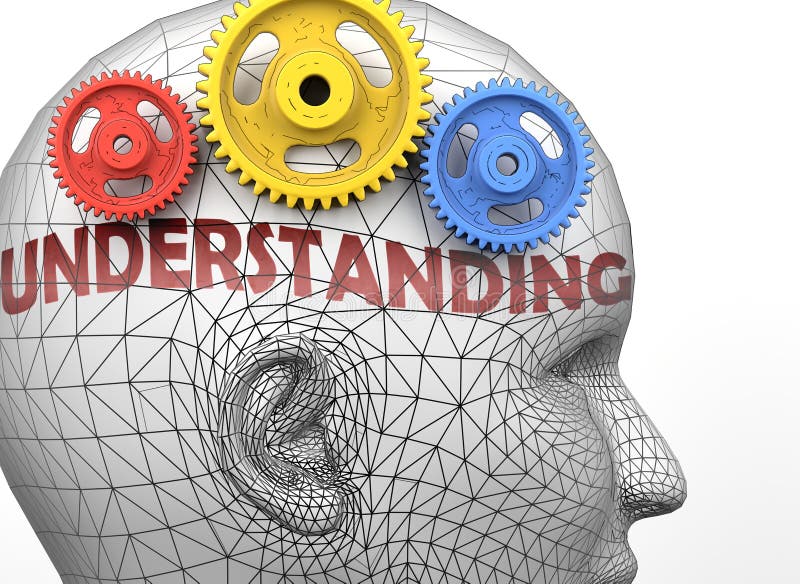In contemporary social discourse, the phrase “Black-on-Black crime” often emerges as a contentious trope, imbued with layers of complexity and misunderstanding. To dissect this phenomenon, one must first plunge into the intricate fabric of cultural relativism, illuminating the significance of context and perspective in understanding such occurrences. This examination lies at the intersection of empirical realities and mythologies that obscure the broader societal implications of these behaviors.
The term “Black-on-Black crime” primarily denotes criminal acts perpetrated by individuals within the same racial group. Frequently weaponized in political rhetoric, it serves as a simplistic narrative, devoid of nuanced analysis. Such a reductionist view fails to consider the multifaceted realities underpinning crime dynamics, particularly in communities predominantly composed of Black individuals. Crime, after all, flourishes in environments where socio-economic deprivation, systemic disenfranchisement, and historical traumas are prevalent. The metaphor of a “canary in a coal mine” aptly illustrates this phenomenon, where the canary’s death is a harbinger of larger, systemic issues within the community—a clarion call for introspection and reform rather than scapegoating the individual or the group.
Myths surrounding Black-on-Black crime often perpetuate negative stereotypes and enhance societal stigmas. The insidious nature of these myths is comparable to an undercurrent in a river: while the surface may appear tranquil, hidden forces powerfully shape its course. For instance, the idea that Black individuals are inherently predisposed to violence lacks empirical grounding and disregards the socio-structural influences that cultivate crime. Crime is a behavioral product influenced by a plethora of factors, including economic disparities, educational inequities, and limited access to social services. An abundance of research indicates that crime occurs predominantly within one’s socio-economic circles, leading to similar rates of intra-racial violence across different demographics regardless of race. It is thus critical to understand these acts through the lens of structural inequalities rather than racial determinism.
The impact of perpetuating the myths surrounding Black-on-Black crime is profound. Not only does it obscure the roots of violence, but it also dictates public policy and law enforcement practices that disproportionately affect Black communities. The metaphor of the “elephant in the room” symbolizes this disregarded reality. Instead of addressing the underlying causes—poverty, lack of access to quality education, and systemic racism—discourse often fixates on criminal acts as isolated events. This narrow focus diverts attention from initiatives aimed at community-building and support, reinforcing a cycle of marginalization. Furthermore, the perpetuation of these narratives significantly impacts how law enforcement engages with Black neighborhoods, often resulting in heightened surveillance, militarization, and a culture of mistrust between officers and community members.
In attempting to unravel the complexities of Black-on-Black crime, cultural relativism advocates for an understanding steeped in context. Cultural relativism posits that one should evaluate cultural practices and phenomena within their own cultural framework rather than applying an external set of standards or judgments. Within this paradigm, crime and violence can be examined through the lenses of historical oppression, social identity, and community resilience.
One may liken communities plagued by violence to a garden entangled with weeds. While the weeds are indicative of decay and neglect, they spring not from inherent flaws in the soil but from environmental conditions that inhibit growth. By applying cultural relativism, one comes to grasp that the weeds of crime in Black communities emerge from historical disenfranchisement, ongoing economic struggles, and systemic neglect. Greater investment in these communities—educational opportunities, mental health resources, and economic development—can help cultivate flourishing environments.
Critically, one must also consider the narrative structures that shape perceptions of crime. Media portrayals disproportionately emphasize violent crimes within Black communities while often downplaying systemic inequalities and the contributions of these communities to societal fabric. The metaphor of the “double-edged sword” encapsulates this scenario: while heightened representation can provoke discussions about crime, it simultaneously risks reinforcing harmful stereotypes. The prevailing narratives necessitate scrutiny, encouraging a reexamination of how crime reporting shapes public perspectives and policy imperatives.
Furthermore, the concept of agency plays a crucial role in understanding Black-on-Black crime. Individuals within impacted communities are not mere actors within a predetermined script of violence; instead, they exhibit agency and resilience in facing systemic barriers. Community organizations often arise from the ashes of adversity, offering programs that empower individuals and foster collective efficacy. The phoenix rising from the ashes serves as a powerful metaphor for transformation, demonstrating that it is possible to transcend violent narratives through community-led initiatives and cultivated partnerships. As such, it becomes imperative to amplify the voices of those residing in these neighborhoods, allowing them to narrate their experiences and envision solutions tailored to their unique contexts.
In conclusion, appreciating Black-on-Black crime through the lens of cultural relativism unearths the intricate realities embedded within this complex narrative. It reveals crime as a manifestation of broader socio-economic conditions rather than an inherent characteristic of a people. By reframing the discourse, society can achieve a deeper understanding and, ultimately, address the root causes of violence. It is this sort of nuanced insight that paves the way for meaningful reform and acceptance, as communities, policymakers, and society at large work collectively toward a more just and equitable future.
